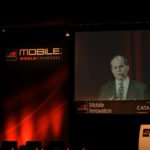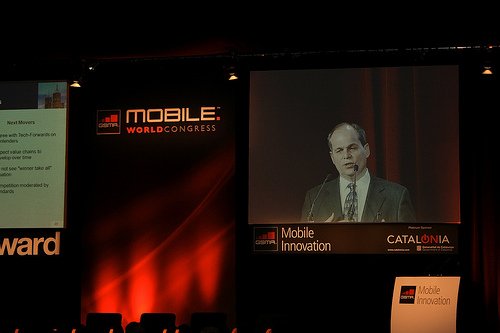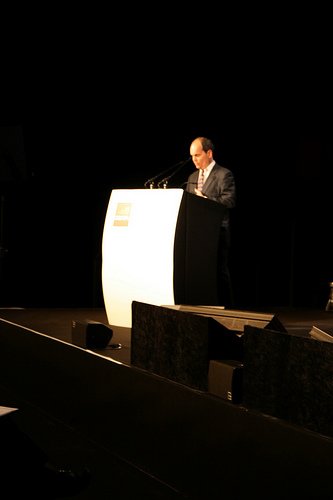
For a start-up like Wizi having Google launch a competing product might seem like the kiss of death.
Not so with the Lisbon, Portugal-based developers who have welcomed the launch of Google’s Latitude as a way of bringing attention to their instant location sharing application.
The free mobile application allows you to share your location instantly by e-mail or SMS.
André Gonçalves, Wizi’s marketing manager told smartphone.biz-news that they saw Latitude’s launch as a challenge and an opportunity to let consumers find out about their product.
He said Wizi’s focus was on individual networks rather than social networks and the app is typically used to tell friends your location or where you are going to meet.
"We are something like Latitude but a bit different," he said. "Our focus is on instant location sharing.

"We cannot compete with Latitude but it is a challenge to tell people how our app is useful to them."
Locations can be shared between Wizi users or with an email or SMS.
Privacy is a key feature and visibility is totally controlled by the user: with the option to become invisible to friends or disable the link to a location map.
Wizi works on Windows Mobile or J2ME compatible devices but versions are in the pipeline for Blackberry, Android and the iPhone.
Wizi for the Apple handset has already been used by a restricted community of early adopters who volunteered to be part of the Beta Testing Program.
Another feature of Wizi is recommending the best routes when driving in the city using traffic data collected in real time by its community, helping to save time and the environment.
Gonçalves said they are currently talking to handset manufacturers and operators. The former were interested because Wizi was a useful add-on to show the potential of the latest phones.
He said the latter saw Wizi as an opportunity to increase ARPU.
Wizi will be launching Brazil this year and the start-up is in discussions with operators in Spain and the US.




















